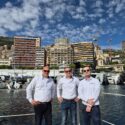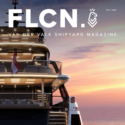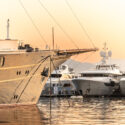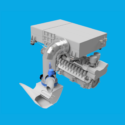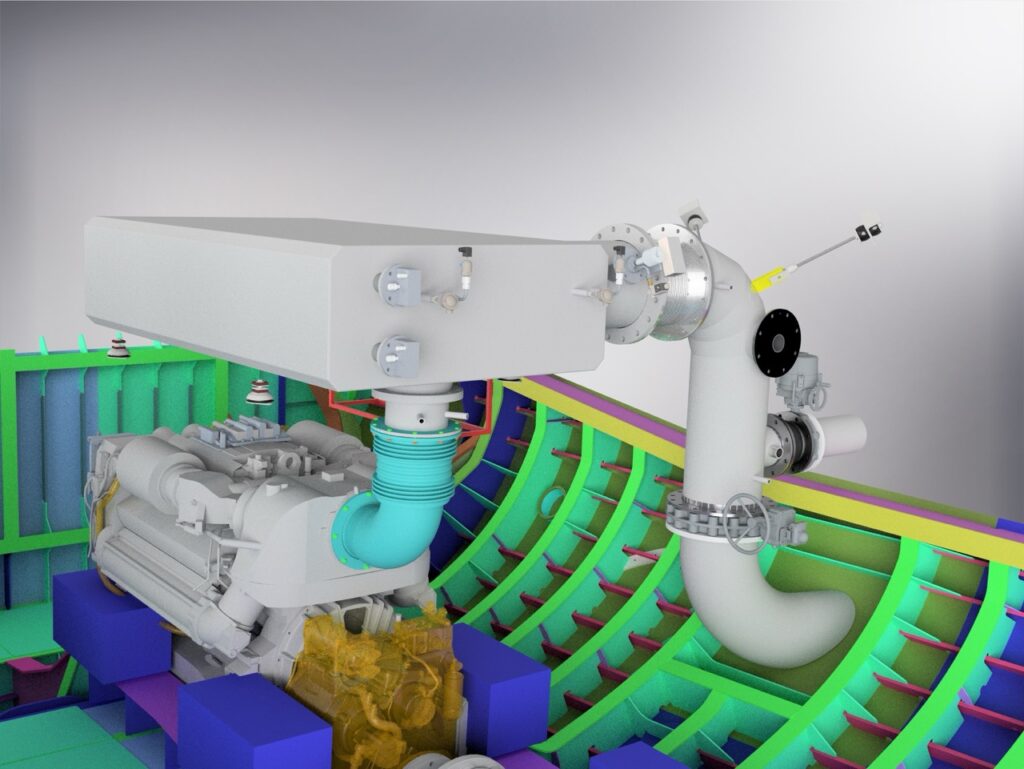
As an independent exhaust system integrator, MarQuip is in a position to objectively assess OEM after-treatment solutions (SCR) and compare them to third party solutions for NOx reduction in compliance with IMO TIER III. Here’s the main points to consider…
OEM (automotive) after-treatment
These engine brands are purpose-designed and already IMO TIER III-certified. They have a compact standardised design, are backpressure optimised and, crucially, are cost-effective, making this a preferred choice among shipyards. The compact design is made possible by small-pitch SCR elements, but these mandate the use of only EN590 fuels. Lower-quality fuels may harm the SCR elements and reduce the replacement time well before the 9000-hour mark.
The automotive philosophy is clearly noticeable in the design and build of these SCR systems. Please note, however, that most systems have to be replaced in their entirety whenever a SCR cassette needs to be replaced. Most are designed as an airless system so that you do not need to install bulky compressors onboard. It is not normally possible to switch them off when sailing outside Nox emission control areas. One other factor to take into account is to check with your supplier whether sensor sockets can be enlarged to ensure the proper insulation thickness is achieved that complies with Class requirements.
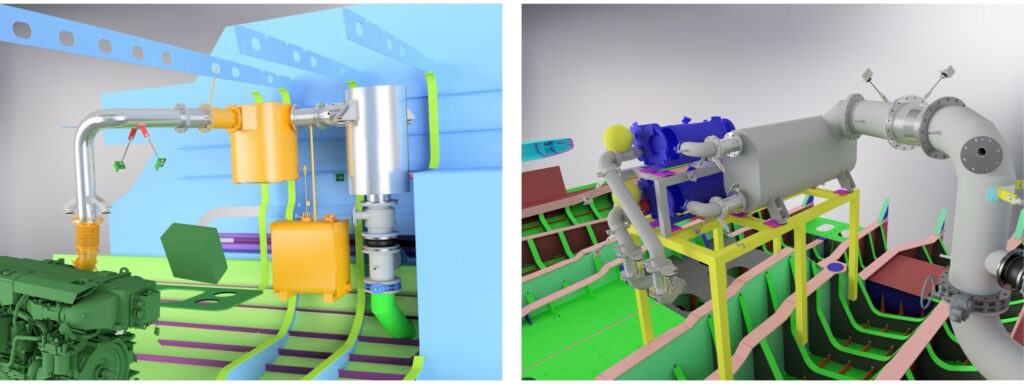
OEM solutions
Third party after-treatment (SCR)
These customised solutions are IMO TIER III-certified and have a silencing capacity. While being more expensive initially, the bespoke designs are easy to integrate within your engine room and more cost-efficient. Higher-pitch SCR elements ensure a wider range of fuel quality can be used before clogging the elements. Cassette replacements for up to 20,000 hours can be easily exchanged through the service hatches integrated into the system.
The philosophy of SCR systems offers you a longer lifetime in the challenging marine environment. Many of these systems require compressed air to ensure proper urea injection and cooling whenever the SCR is switched off outside a Nox emission control area in order to save on urea consumption.

Third party solution
Our conclusions
While opting for the standard OEM solutions may save space and money initially, you will have some challenges when integrating them into engine room layouts. We hope that shipyards are now becoming more aware of this and be more open to comparing OEM standard SCR solutions with the more flexible third-party alternatives. Time will reveal how SCR systems perform against the already established custom solutions.
